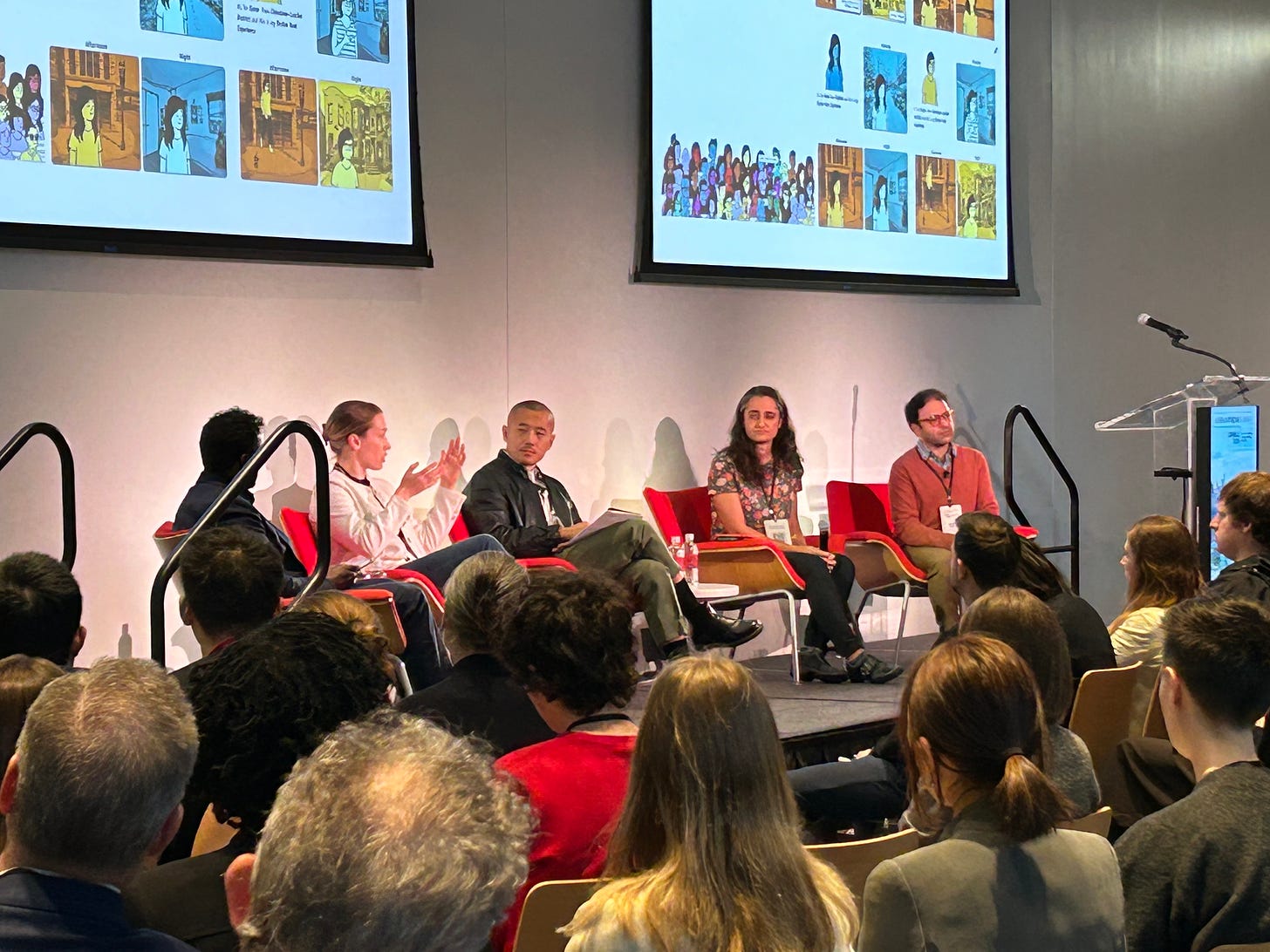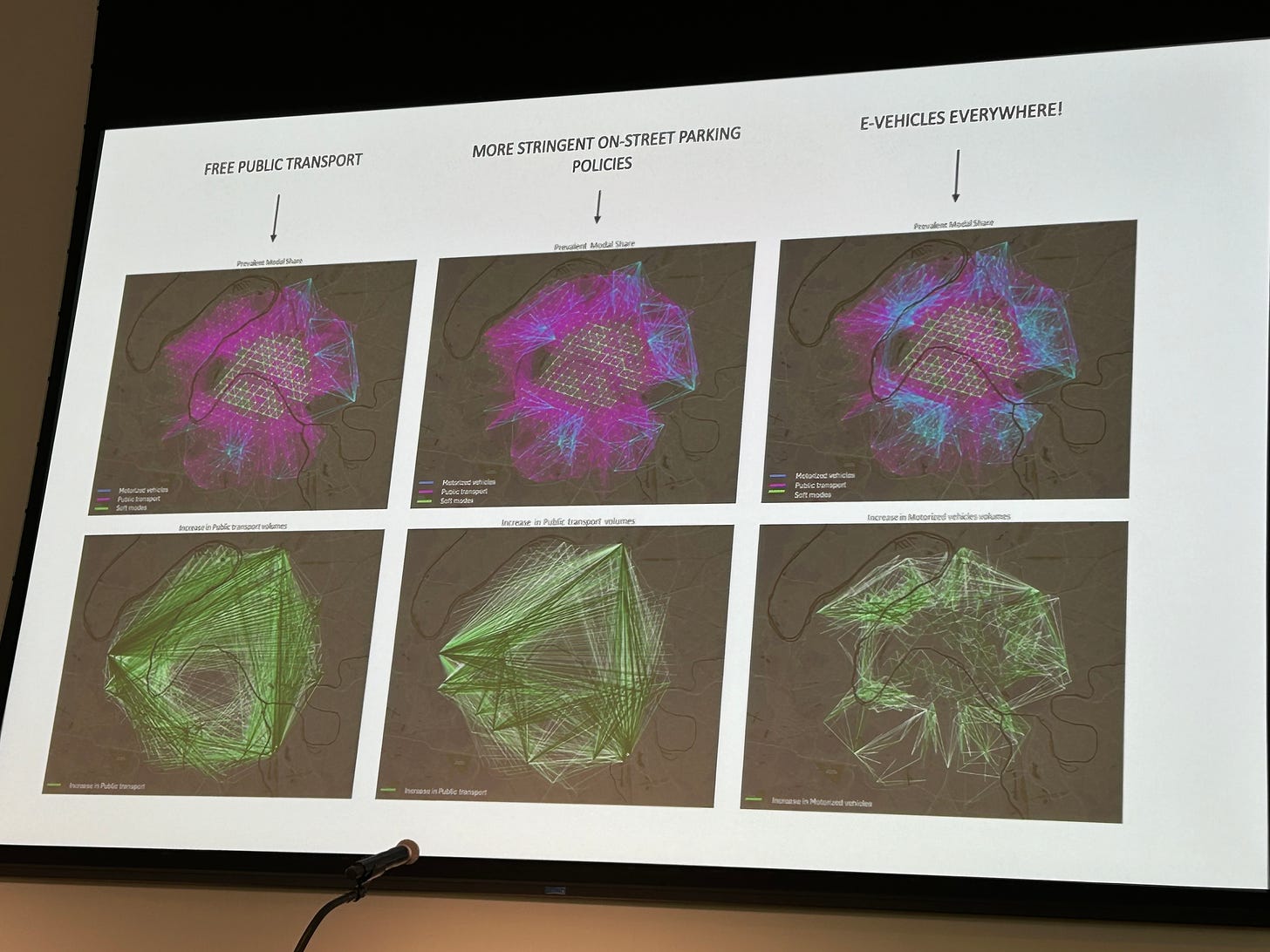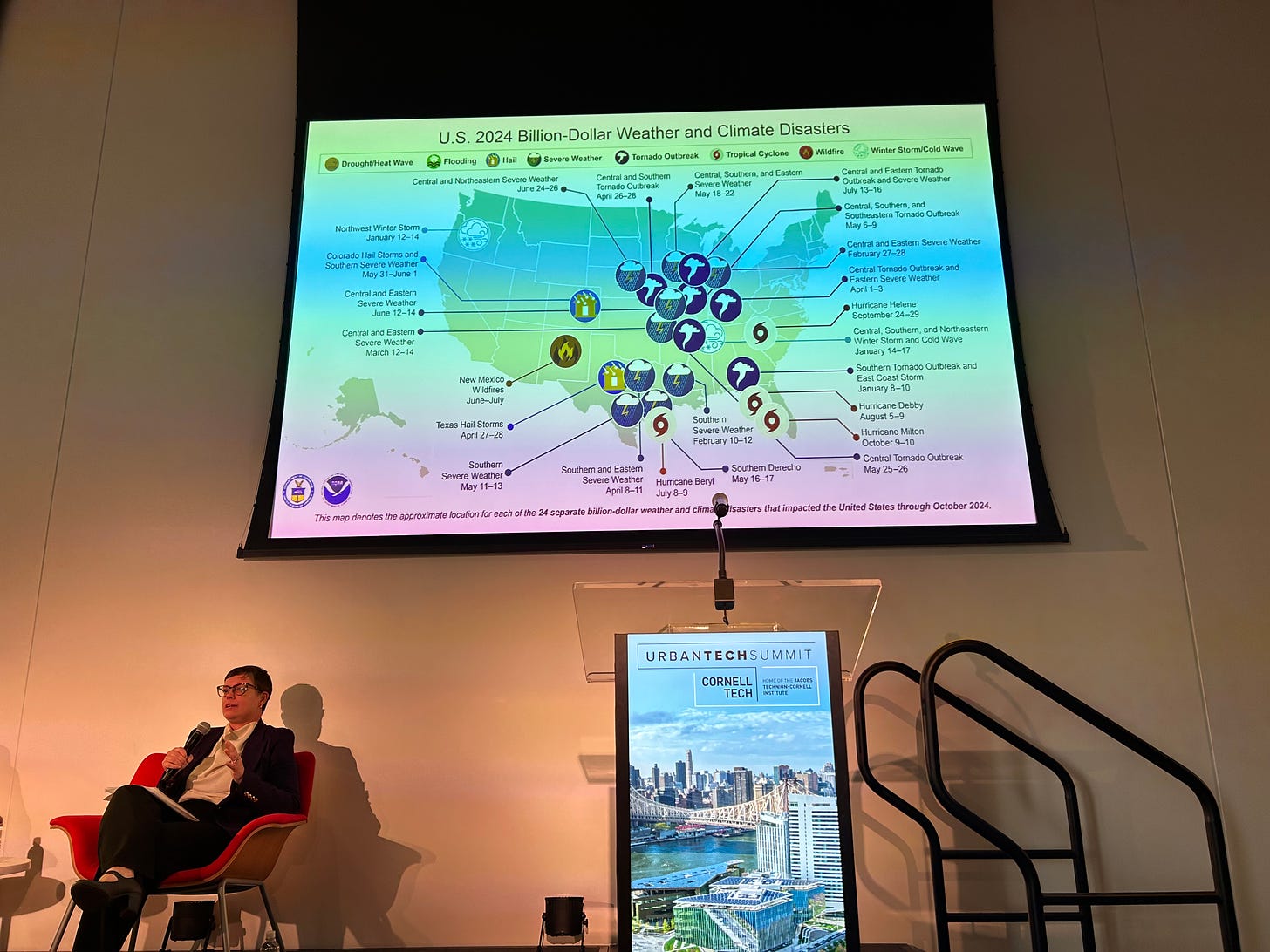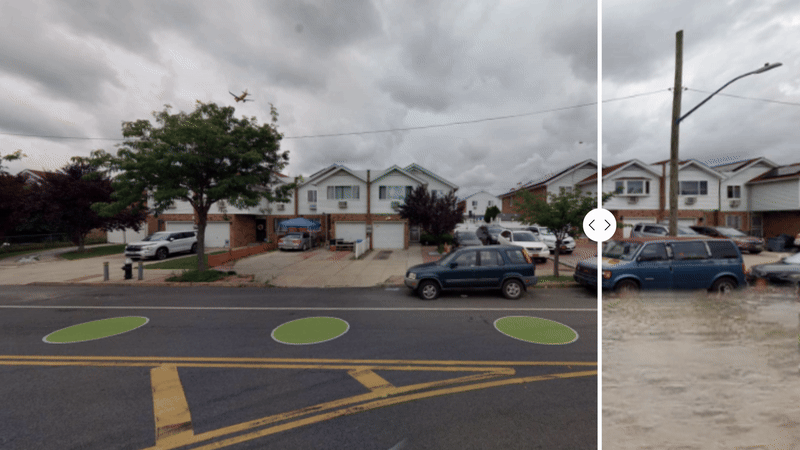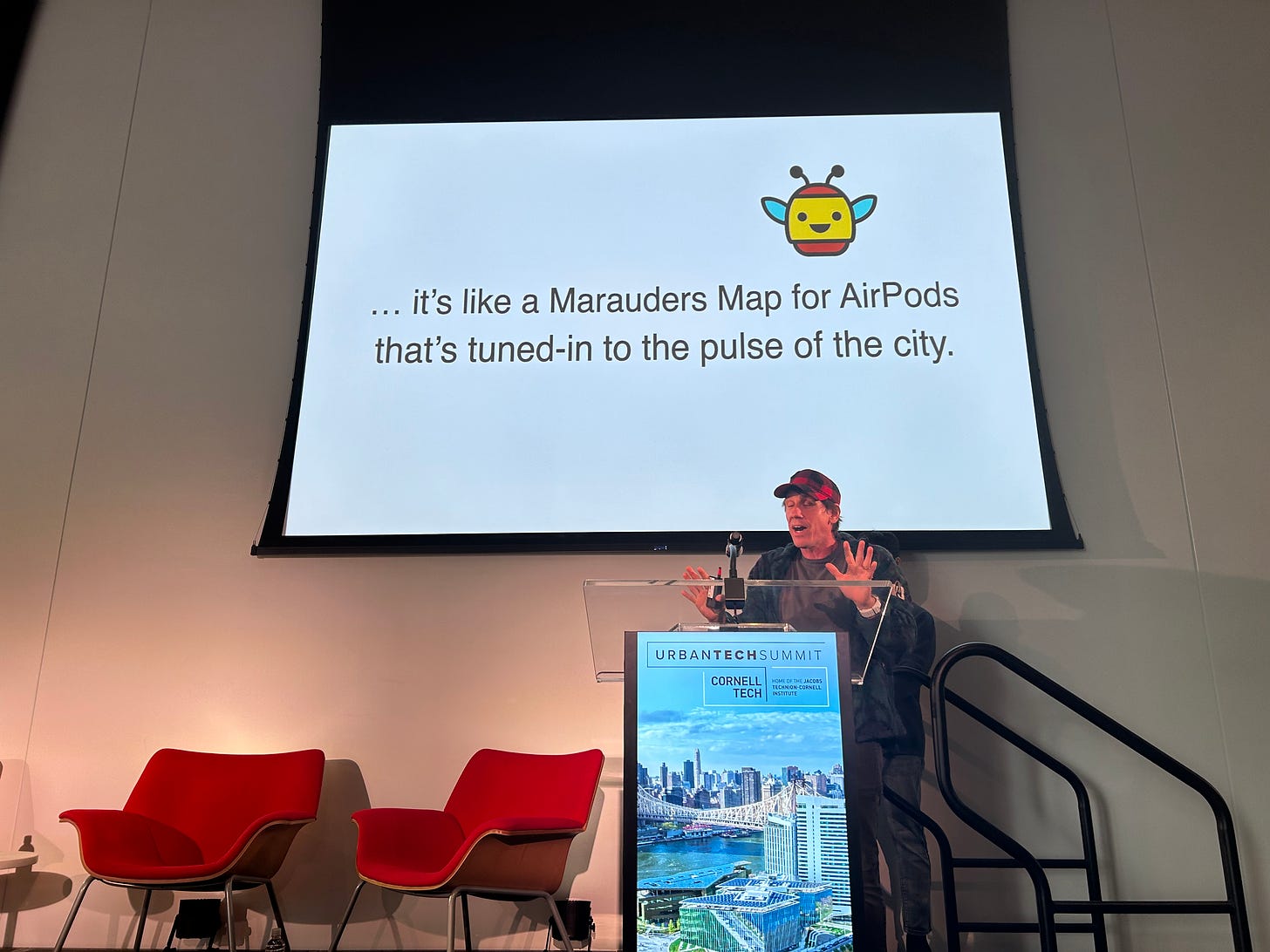Will the Key to Climate Resilience be AI — or Dopamine?
Notes from the Cornell Urban Tech Summit
Earlier this week I attended the Cornell Urban Tech Summit, which focused on the role of technology in helping cities adapt to climate change. I left feeling pretty pumped about the way that technology will be helpful to city governments and investors to advance urban resilience.
Projects like ClimateIQ are using AI to speed up the process of crunching data to help communities better understand their climate risk. As a collaboration between a number of universities and Google, ClimateIQ is also creating a free, open source tool that will enable cities without millions of dollars in climate preparedness budgets to access these resources.
Digital twins are also being used to help cities better plan for climate change, moving past other kinds of modeling like GIS or CAD by working off real-time data. By creating a digital model of reality, digital twins can inform an array of decisions from transportation planning to real estate construction.
But as I listened to presenters, I found myself still grappling with the election two weeks earlier. Didn’t the outgoing administration make the largest-ever investments ever in climate resilience in the form of the Inflation Reduction Act and Infrastructure Investment and Jobs Act — and get thanked for that with the election of a Donald Trump and his climate-change-is-a-scam, drill-baby-drill, end-environmental-protections, leave-the-Paris-Accords agenda?
Urban tech is great — but how do we thoughtfully communicate its power and potential to the general public?
In a shared keynote session with two federal administrators, the scale of the problem at hand and the need for trust in the government’s response were both evident. Kristin Fontenot, Director, Office of Environment and Energy, U.S. Department of Housing and Urban Development shared a map of the 24 separate billion-dollar weather and climate disasters that impacted the U.S. through October 2024. Francisco Sanchez, Associate Administrator, Office of Disaster Recovery & Resilience, Small Business Administration noted that five years from now, these billion-dollar events are predicted to occur every 7 to 8 days.
Look at that map — most of the disasters are in red states! How can we better communicate that climate event mitigation, adaptation, and recovery are by their very nature inflationary? That defunding the green economy makes just about as much sense as defunding the police?
The task at hand requires more novel methods of communication with the public than just charts with data and information. I was intrigued by the presentation by Ashley Louie, Chief Technology Officer, BetaNYC. BetaNYC is a civic organization dedicated to helping New Yorkers access information and use technology.
BetaNYC has developed a project, FloodGen, that uses generative AI photos to illustrate flood risk in New York City neighborhoods. The goal is to raise awareness of the potential for flooding in flood-prone neighborhoods, and empower leaders to seek resilience funding or otherwise advocate for themselves.
Is this an effective way to get people to take action? Not sure. But it’s a sign of the wild times we live in that we need Generative AI images to convince people of reality. We all now have a hard time reading or listening to boring truths, but fictional images of disasters activate a dopamine rush, and by igniting our emotions, actually resonate with people.
Later, Dennis Crowley, founder of Foursquare and Dodgeball, presented his new app, BeeBot, which made me think another new way of communicating about climate might come in the form of audio augmented reality. Though Crowley prefaced his pitch by saying BeeBot had nothing to do with climate, the app could easily serve to inform people about climate risk.
In brief, BeeBot is an app that is activated by your AirPods to notify you of interesting things that you experience walking around the city. I’ll explain more about why I think it’s a really exciting app for city-lovers, and why I think this could be a useful tool for policymakers as well below the paywall.
Keep reading with a 7-day free trial
Subscribe to The New Urban Order to keep reading this post and get 7 days of free access to the full post archives.





